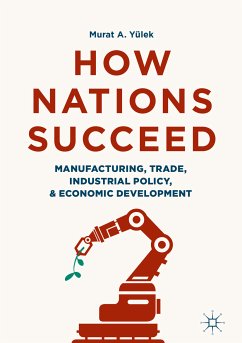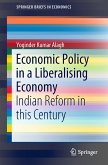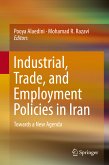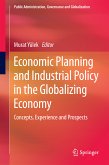"Brilliant, incisive analysis of industrialization; significantly improves the understanding of industrialization and economic development; a must read for Governments, policy makers, investors, development professionals, and general public." -Vivienne Yeda, Director General, East African Development Bank
"A must-read, a tour de force on the theory and policy of industrialization; offers important insights on how countries can avoid the middle-income trap." -Travis Taylor, Honors Program Faculty, Christopher Newport University, USA
This book assesses developmental experience in different countries as well as British expansion following the industrial revolution from adevelopmental perspective. It explains why some nations are rich and others are poor, and discusses how manufacturing made economies flourish and spurred economic development. It considers how today's governments can design and implement industrial policy, and determine economically strategic sectors to break out of Low and Middle Income Traps.
Closely linked to global trade and (im)balances, industrialization was never an accident. Industrialization explains how some countries experience export-led growth and others import-led slowdowns. Many confuse industrialization with the construction of factory buildings rather than a capacity and skill building process through certain stages. Industrial policy helps countries advance through those stages.
Explaining technical concepts in understandable terms, the book discusses the capacity and limits of the developmental state in industrialization and in general in economic development, demonstrating how picking-the-winner type focused industrial policy has worked in different countries. It also discusses how industrial policy and science, technology and innovation policies should be sequenced for best results.
Murat A. Yülek is the Director of the Centre for Industrial Policy and Development at Istanbul Commerce University and has also taught at Georgetown University.
Dieser Download kann aus rechtlichen Gründen nur mit Rechnungsadresse in A, B, BG, CY, CZ, D, DK, EW, E, FIN, F, GR, HR, H, IRL, I, LT, L, LR, M, NL, PL, P, R, S, SLO, SK ausgeliefert werden.









